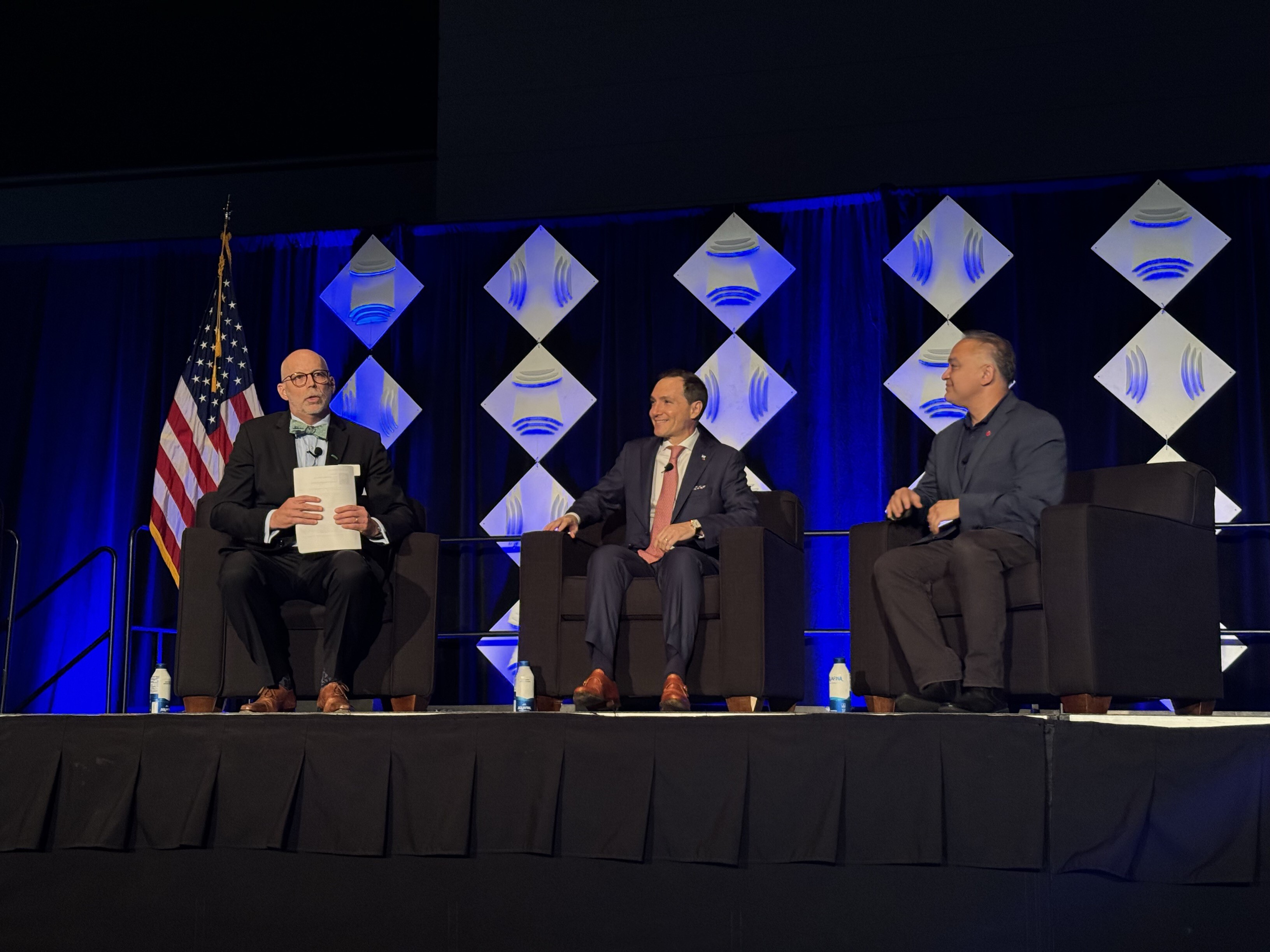The Annex One Revision: A Comprehensive Guide

This overview of Annex One considers the key changes and rumors surrounding Annex One, providing you with a comprehensive understanding of its impact on the industry.
Annex One is a significant collaboration between the EU, the World Health Organization (WHO), the Pharmaceutical Inspection Co-operation Scheme (PIC/S), and the US Food and Drug Administration (FDA). It aims to harmonize regulatory requirements for the manufacture of sterile medicinal products for pharmaceutical and biotech companies worldwide, ensuring compliance and promoting patient safety.
The Evolution of Annex One
The journey of Annex One began back in 2015, with the goal of updating the previous version published in 2008. The initial version was a mere sixteen pages long, but the final version spans fifty-nine pages, highlighting the substantial changes and additions made to the regulations. The joint effort of international regulatory bodies underscores the importance of Annex One in standardizing practices and enhancing quality across the industry. Recent inspections have revealed that regulators are quoting directly from Annex One, emphasizing the urgency for companies to comply with its requirements.
Clarifying Rumors: Changes in Scope and Detail
Non-Sterile Products and Annex One
One rumor suggests that Annex One mandates the use of its principles for non-sterile products. However, this is not the case. The scope of Annex One clearly states that while it can be beneficial to apply the principles and guidance for contamination control strategies, clean room classifications, qualifications, and validations to non-sterile products, it is not mandatory. It is crucial for companies to use quality risk management principles to determine what makes sense for their non-sterile products.
Quality Risk Management in Annex One
Another rumor revolves around the inclusion of quality risk management principles in Annex One. While it is true that quality risk management is now explicitly expected within Annex One, it is not a new concept. The principles of quality risk management have been in existence for quite some time. Regulators often find that companies use quality risk management to justify non-compliance, so it is essential to ensure a thorough understanding of the processes, products, and patient impact when implementing risk assessments.
Understanding Contamination Control Strategy
Contamination control strategy has been a topic of concern within the pharmaceutical industry. While the principles of contamination control strategy have been scattered across good manufacturing practice (GMP) guidelines, Annex One consolidates these elements into a comprehensive strategy. Designing an effective contamination control strategy requires considering the requirements of the products being manufactured, such as drug substances and drug products. It is crucial to assess existing environmental monitoring strategies and sampling points and incorporate them into the contamination control strategy.
For large organizations with multiple production lines and products, it may not be practical to include everything in one document. Instead, a cross-referencing approach can be adopted. When organizing the contamination control strategy, common elements can be shared across different product streams, while specific production operations can be included separately. It is important to remember that while individual elements of the contamination control strategy are not new, the overall approach and consolidation of these elements are novel. Annex One provides minimum requirements for the contamination control strategy, but it is up to each company to tailor the strategy to their specific needs and systems. There are fifteen elements listed in the annex, plus a requirement of continuous improvement based upon information from the fifteen elements.
Pharmaceutical Quality System: Sterile Products
Contrary to rumors, Annex One does not require a new pharmaceutical quality system (PQS) solely for sterile products. While manufacturing sterile products necessitates specific controls and measures, there is no expectation for a separate PQS dedicated to sterile products. As with any pharmaceutical quality system, it is crucial to ensure that the PQS aligns with the requirements outlined in Annex One. Key elements to consider when reviewing the PQS include an effective risk management system, up-to-date assessments, sufficient knowledge and expertise in root cause assessments and corrective and preventive actions, clear communication to senior managers about their roles, and providing qualified persons responsible for batch certification with access to manufacturing and quality information.
Premises: From RABS to Isolators
One area of contention in Annex One is the use of Restricted Access Barrier Systems (RABS) and Isolators. However, these systems provide benefits by minimizing the risk of contamination from human sources. If alternative approaches to RABS or Isolators are used, they need to be justified based on risk assessments. Annex One provides clear requirements for premises, including the unidirectional process for the transfer of materials and equipment, the need for separate changing rooms for entering and leaving areas, and proper documentation of smoke studies and their results. It is important to assess and document sampling locations, consider the use of open and closed Isolators based on specific requirements, and ensure the appropriate bio-decontamination of Isolators.
Equipment and Personnel: Aseptic Practices
Annex One contains specific guidelines for equipment and personnel involved in aseptic practices. Indirect product contact parts, which have long been sterilized through autoclaving, irradiation, or ethylene oxide sterilization, need to continue to undergo appropriate sterilization. Personnel involved in aseptic operations are now required to wear goggles and facility socks, with Annex One providing detailed training requirements and maximum garment times. It is essential to ensure that training and garment usage align with these specifications. Annex One also addresses specific technologies such as form fill seal and blow fill seal, as well as the expanded guidance on lyophilization and single-use systems. Integrity testing of filters, including pre-use and post-sterilization testing, is not new, but Annex One provides additional details on pre-use integrity testing, particularly for specific technologies.
Environmental Monitoring and Aseptic Process Simulations
Annex One places significant emphasis on viable and non-viable environmental monitoring and aseptic process simulations. The expanded and clarified guidelines highlight the importance of risk assessments, data-driven monitoring, and investigations of any contamination found during aseptic process simulations. It is crucial to design environmental monitoring programs that focus on areas with potential problems and consider both viable and non-viable monitoring together to make informed decisions. Annex One provides clear requirements and acceptance criteria, ensuring thorough assessments of facilities, equipment, and personnel involved in aseptic processes.
Implementing Annex One: What Regulators Expect
Regulators expect companies to be aware of the changes in Annex One and have a plan in place to address any gaps in compliance. While not all aspects of Annex One are required to be implemented immediately, companies must demonstrate their understanding of the regulations and their commitment to meeting the deadlines. It is essential to conduct a thorough gap analysis, review current systems and processes against the new requirements, and avoid justifying non-compliance through risk assessments. Regulators expect companies to be initiative-taking in their approach to compliance and to seek assistance if needed. Annex One is a significant regulatory update, and companies should not underestimate the importance of meeting its requirements.
Annex One Is Live
Annex One represents a significant step towards harmonizing pharmaceutical and biotech regulations globally. The revised regulations provide a comprehensive framework for contamination control strategies, quality risk management, premises requirements, equipment and personnel practices, and environmental monitoring. As companies navigate the implementation of Annex One, it is crucial to stay informed, conduct thorough assessments, and seek assistance when needed. By embracing the changes outlined in Annex One, companies can ensure compliance, promote patient safety, and enhance the overall quality of pharmaceutical and biotech products.
Our expert consultants and trainers have been collaborating with companies to help them prepare for the implementation of the Annex One revision. They are available to collaborate with your company and to help you ensure compliance with the revised Annex.
Would You Like To Learn More About the Annex One Revision?
Contact us with questions or to receive a quote.
How NSF Can Help You
Get in touch to find out how we can help you and your business thrive.

What’s New with NSF

NSF Shanghai Named Critical Site for NSF/ANSI 455 and NSF/ANSI 173 by ANSI National Accreditation Board
July 26, 2024
NSF Takes Center Stage at NEHA Annual Education Conference
July 25, 2024
NSF Asia Pacific Showcases Hospitality Solutions at THAIFEX HOREC Asia 2024 in Bangkok, Thailand
July 4, 2024